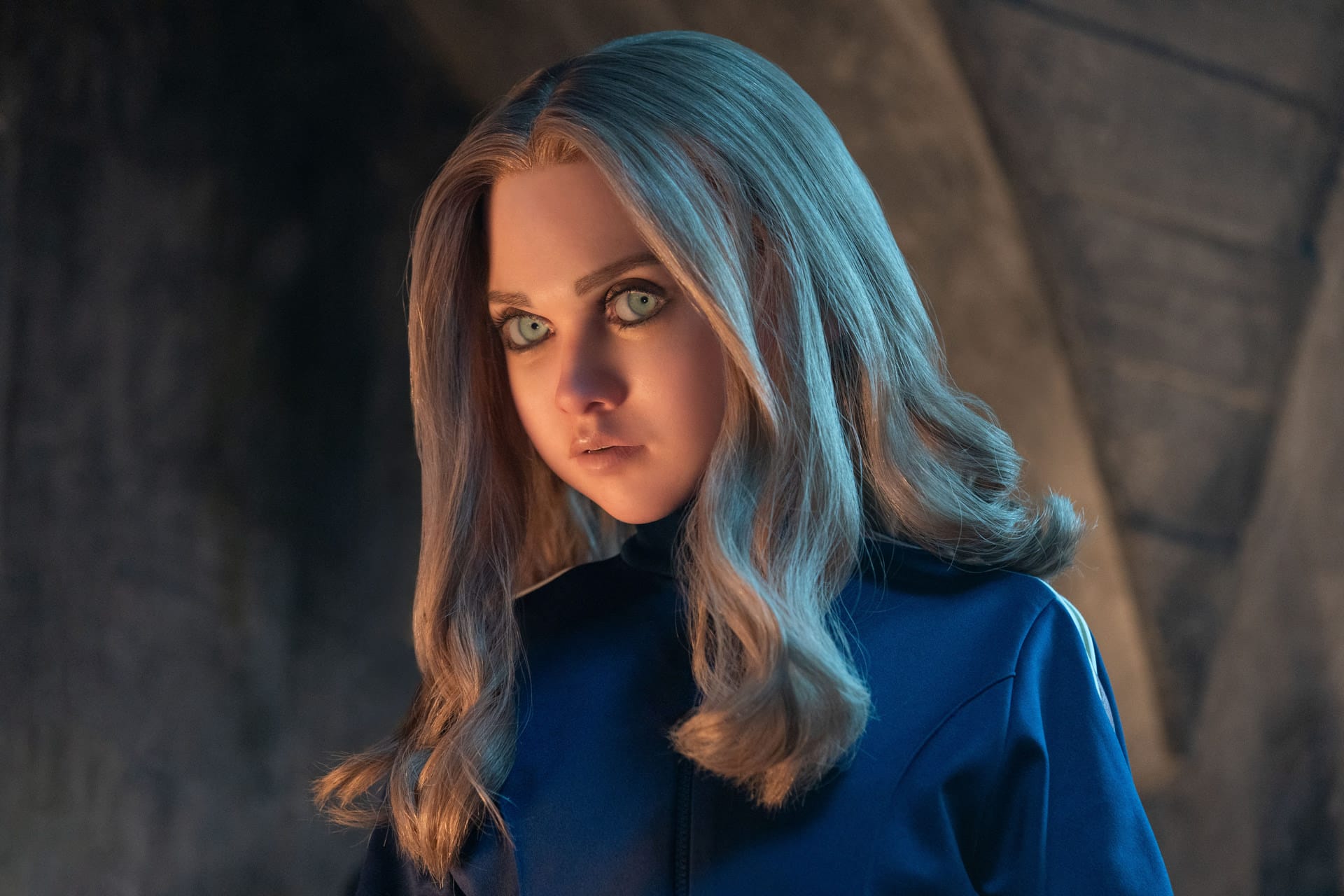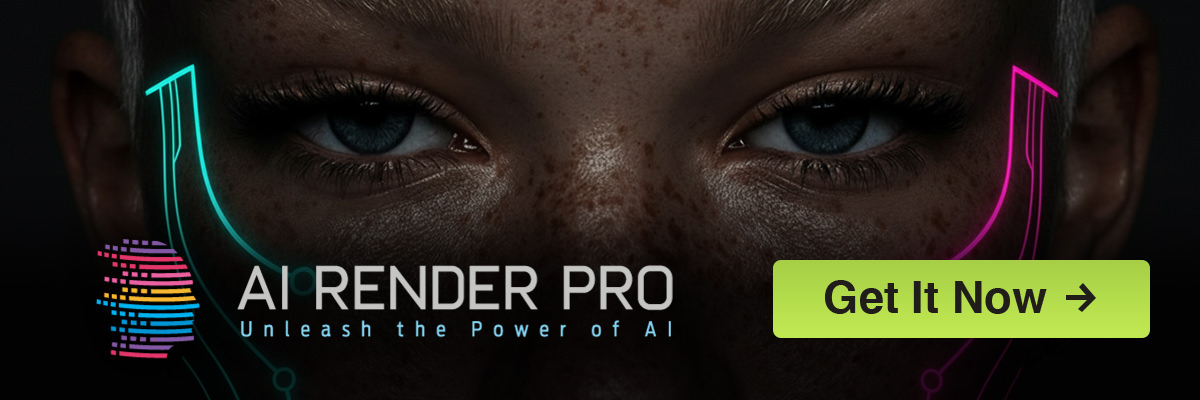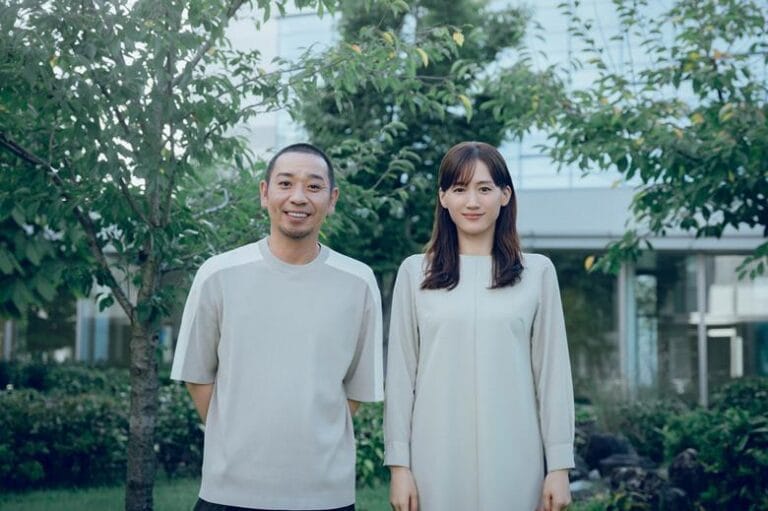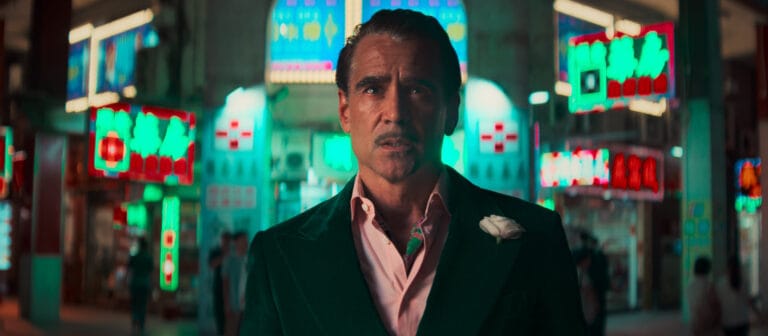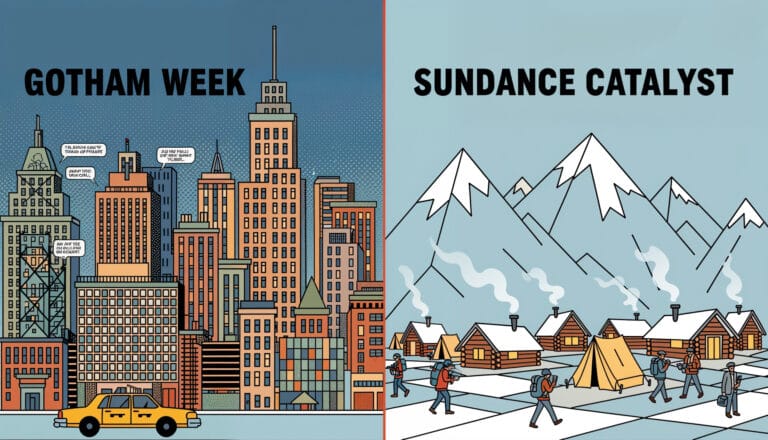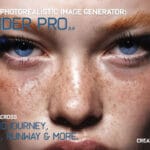- Hybrid is King: The uncanny realism of characters like M3GAN isn’t achieved through pure CGI or pure practical effects, but a sophisticated synthesis of both.
- Grounded in Reality: Practical elements like animatronics and on-set performers provide tangible, physical anchors that improve actor performances and give digital artists a crucial real-world reference for lighting and texture.
- Digital as an Enhancer: CGI is most powerful when used as a scalpel, not a sledgehammer—perfecting expressions, erasing rigs, and achieving physically impossible movements that augment, rather than replace, the practical foundation.
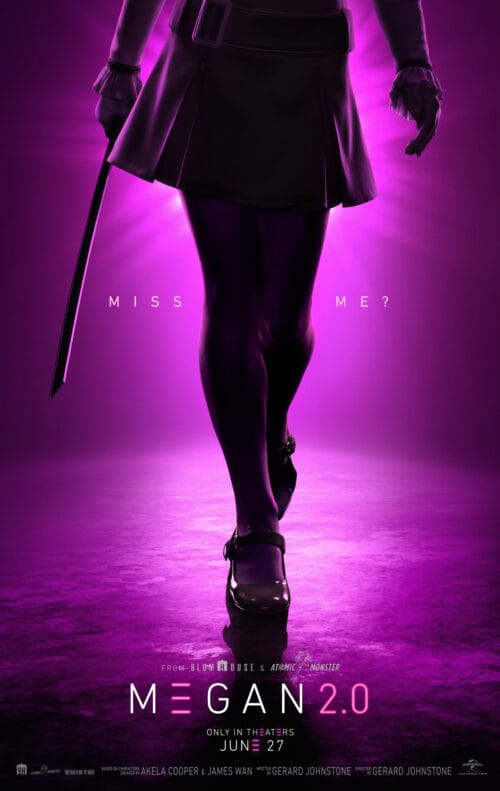
When M3GAN danced her way into the cultural zeitgeist, she did more than just create a viral moment; she represented a paradigm shift in character creation. Audiences were captivated and unsettled by a presence that felt unnervously real. This wasn’t the weightless, glossy sheen of an all-CGI character, nor the sometimes-clunky movement of a traditional animatronic. The secret to her terrifying effectiveness lies in a complex, multi-layered approach that has become the gold standard for modern creature and character features. The film’s creators didn’t choose between practical and digital; they orchestrated a symphony of both. This philosophy of blending practical and digital effects is not just a clever workaround; it is a deliberate artistic choice that signals the future of immersive and believable filmmaking. By deconstructing the “M3GAN Method,” we can uncover a powerful blueprint for creatives looking to push the boundaries of realism in their own work.
The Enduring Power of Practicality: Anchoring Reality
At the heart of any believable on-screen creation is a sense of physical presence, a concept that practical effects have mastered for over a century. This tangible approach grounds a fantastical character in the real world, giving it weight, texture, and an undeniable interaction with its environment and fellow actors. When an actor can look at, react to, and even touch a physical object on set, their performance gains a layer of authenticity that is incredibly difficult to replicate against a green screen. The subtle interplay of light on a physical surface, the way a material flexes, and the sheer unpredictability of a real-world object provide a richness that serves as the bedrock for any subsequent digital enhancement. This foundational layer is what separates a character that exists in the scene from one that is merely composited into it.
The creation of M3GAN is a masterclass in this principle. The filmmakers employed a sophisticated, life-sized animatronic puppet for many shots, allowing the camera to capture her with real-world lighting and lensing. This was further supported by the incredible physical performance of actress Amie Donald, who wore a M3GAN mask and suit to perform the character’s more agile and complex movements. This on-set presence wasn’t just for wide shots; it was crucial for the other actors. This technique echoes the legendary work on films like Jurassic Park, where the on-set, full-scale T-Rex animatronic terrified the actors and the audience alike, or Guillermo del Toro’s insistence on using intricate creature suits in Pan’s Labyrinth to create a visceral, nightmarish reality. These practical elements provide an anchor that the entire production can pivot around.
For filmmakers and creators, the lesson here is that physicality matters more than ever. Even in a digital-heavy workflow, incorporating practical elements provides an invaluable reference and enhances the final product exponentially. This doesn’t mean you need a Hollywood-level budget for a complex animatronic. A practical tip is to start small: for your next project involving a digital creature, try building a simple physical stand-in or even a detailed prop that represents a part of the creature. This gives your actors a focal point, your cinematographer a lighting reference, and your VFX team a real-world texture to match. This commitment to the physical world is the first and most crucial step in successfully blending practical and digital effects.
The Digital Scalpel: Precision, Polish, and Impossibility
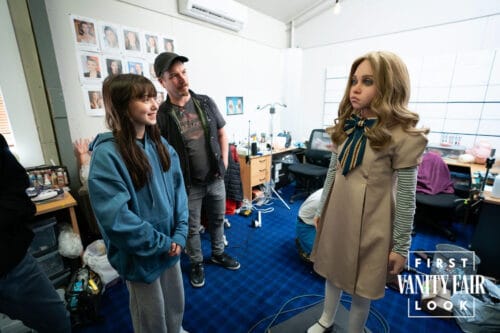
While practical effects provide the foundation, digital effects offer a level of precision and creative freedom that is simply unattainable in the physical world. The true power of CGI in a modern hybrid workflow is not to replace reality, but to enhance and perfect it. Think of it as a digital scalpel, used to refine a performance, erase the seams of the practical magic, and accomplish moments of physical impossibility that sell the character’s otherworldly nature. This is where subtle facial expressions are tuned to perfection, where puppeteering rigs are seamlessly painted out, and where a character’s movements can defy the laws of physics in a way that feels intentional and jarring, not fake.
In M3GAN, the digital scalpel was used with surgical precision. While Amie Donald provided the body language and the animatronic provided the physical presence, the chillingly subtle and uncanny expressions were often digital. The visual effects team performed meticulous face replacements, overlaying a CG performance onto the practical puppet or masked actress to control every minute eye-dart and micro-expression. This is what created the “uncanny valley” effect that made her so unsettling. This is the same philosophy seen in Martin Scorsese’s The Irishman, where digital de-aging was used to enhance the performances of legendary actors, or in Denis Villeneuve’s Dune, where massive practical sets were digitally extended to create a sense of impossible scale without sacrificing the grounded, tactile feel of the foreground.
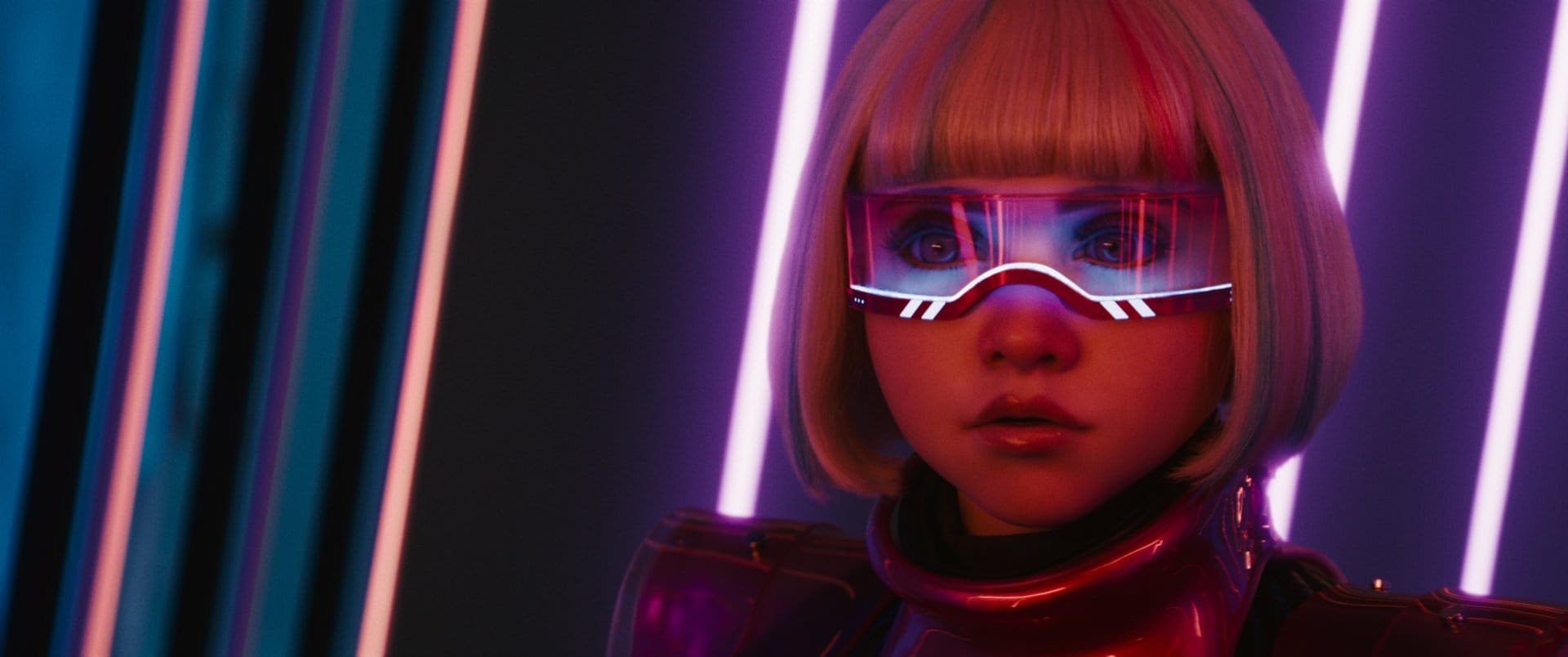
The key takeaway for creatives is to embrace digital as a tool of enhancement, not wholesale creation. Planning is everything. During pre-production, clearly storyboard and define which elements of a character or scene will be practical and which will be augmented digitally. This disciplined approach, which is a core component of effective Filmmaking AI Workflows, prevents costly fixes in post-production and ensures both departments are working in harmony. A practical tip is to use your storyboards to create an “effects map” for your most complex shots. Label every element: “Practical Prop,” “Digital Enhancement (Eye Glow),” “Rig Removal,” “CG Background Extension.” This forces you to think in a hybrid mindset from the very beginning.
The Hybrid Workflow: Where Magic Becomes Believable
The true artistry of the M3GAN method is not in the excellence of its separate parts, but in their seamless integration. A successful hybrid workflow is one where the line between the practical and the digital is completely invisible to the audience. This is where the two disciplines stop being separate departments and become a single, cohesive unit focused on a unified goal. This synergy is the essence of blending practical and digital effects, creating a final image that carries the weight and texture of reality while simultaneously displaying the limitless potential of the digital canvas. The process becomes a feedback loop: the practical informs the digital, and the digital refines the practical.
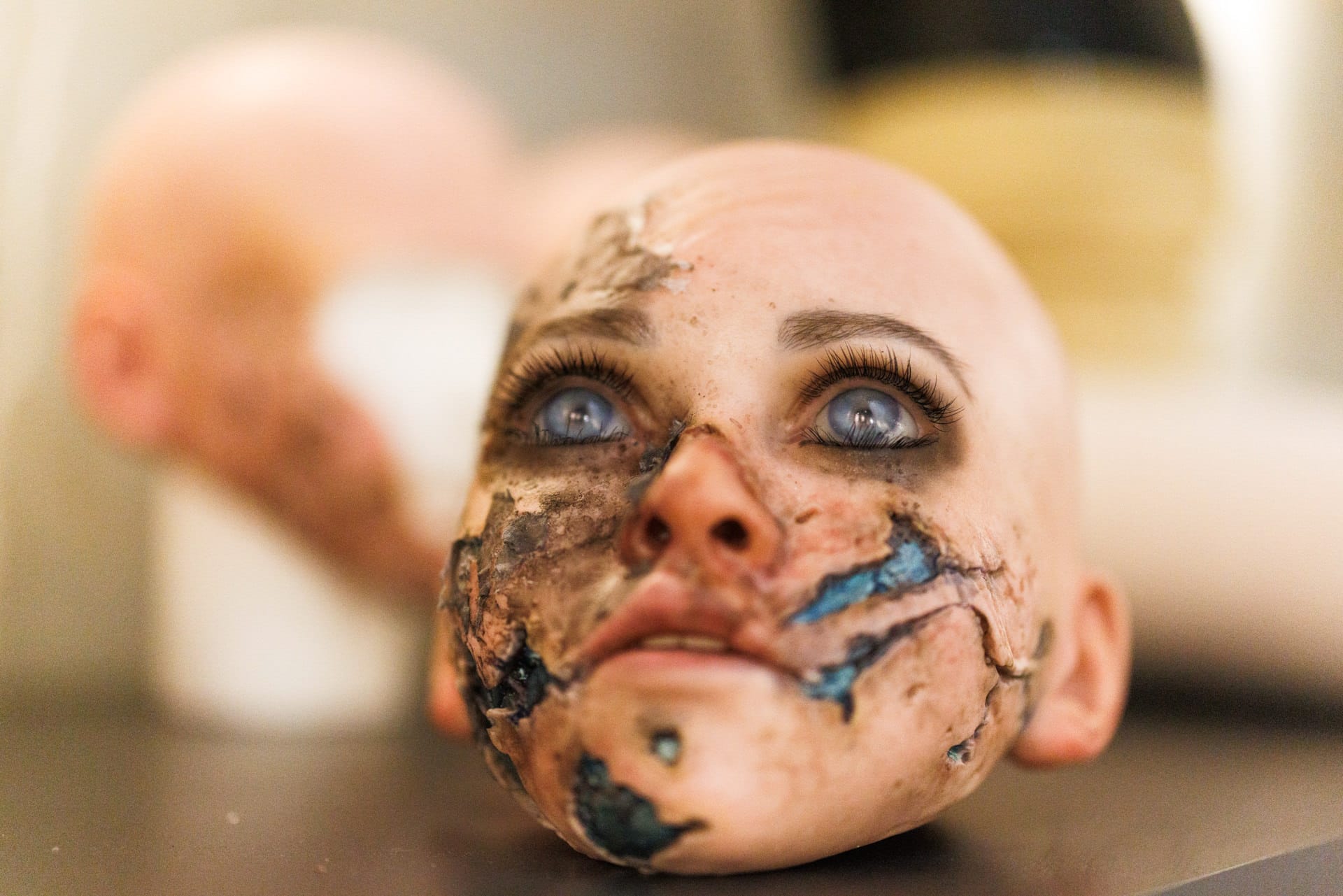
M3GAN’s eerie head-tilt or her unnervingly fluid dance moves are perfect examples of this synthesis. Amie Donald’s physical performance (practical) provided the core motion capture data, which was then tweaked and smoothed by animators (digital) to give it a slightly inhuman quality. The animatronic head (practical) captured authentic light and shadow on set, which the digital face replacement (digital) was then meticulously matched to. This is the same principle that makes modern virtual production, as seen on shows like The Mandalorian, so effective. The actors and physical props (practical) are filmed in front of giant LED screens displaying CG environments (digital), allowing the digital background to cast realistic light and reflections onto the practical elements in real-time.
For this to matter in your own work, you must foster a culture of constant communication between your on-set crew and your post-production team. The wall between production and post is crumbling, and the most successful creators are the ones who build a bridge. A vital tip is to involve your VFX supervisor during pre-production and even on set. Have them consult with the production designer and director of photography to ensure the practical elements are being built and lit in a way that will facilitate digital integration. This early collaboration prevents the classic “we’ll fix it in post” mentality and is the secret to a successful and efficient hybrid workflow. Thinking about how to pre-visualize these complex interactions can be daunting, but our Midjourney Mastery Guide offers powerful techniques for creating concept art that can help both teams align on a single creative vision.
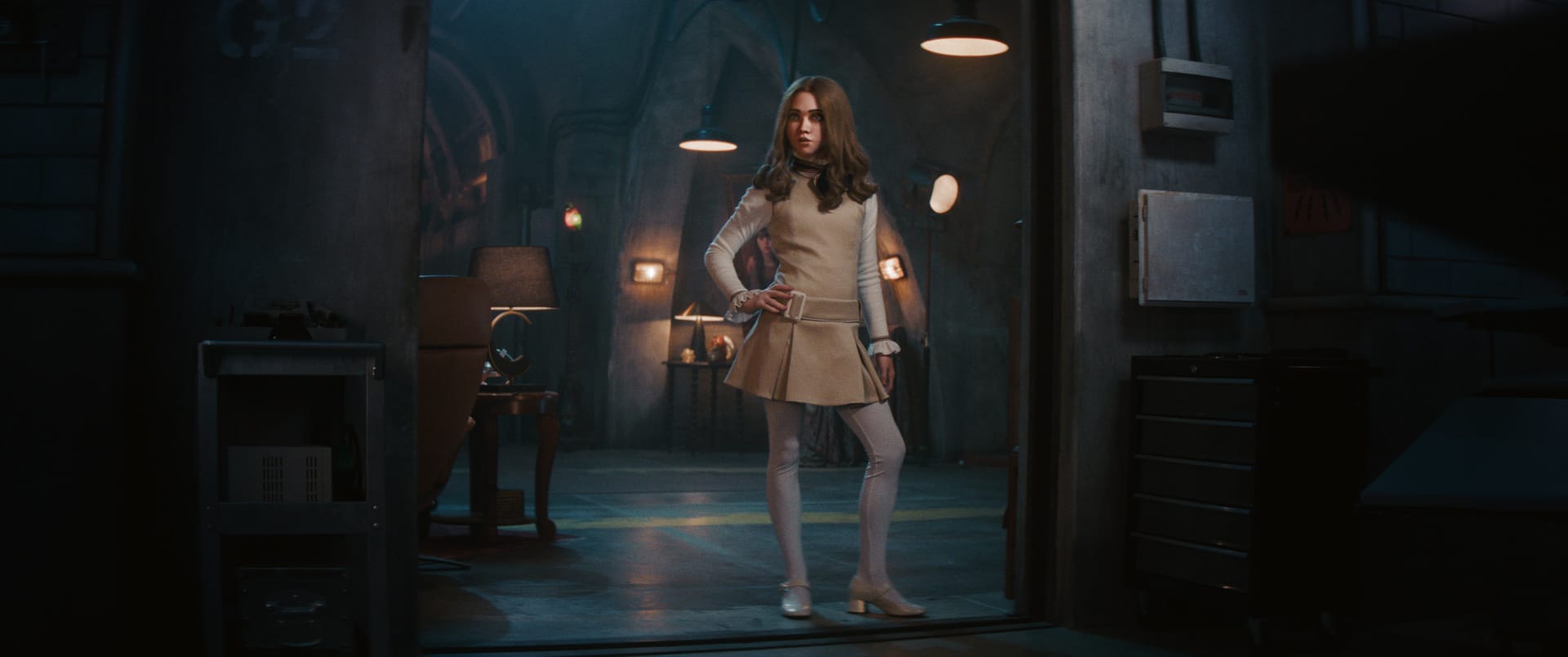
AI’s Role in Accelerating the Hybrid Future
The next evolutionary leap in this hybrid methodology is being driven by Artificial Intelligence. AI is not a third category competing with practical and digital; rather, it’s a powerful accelerant that enhances both, making the process of blending practical and digital effects faster, more efficient, and more accessible than ever before. AI tools are automating laborious tasks, generating hyper-realistic concepts, and providing new ways to manipulate and integrate footage. It acts as a bridge, shortening the gap between a creator’s initial idea and a polished final product, and democratizing techniques that were once the exclusive domain of major studios.
We can see AI’s influence in the very techniques used to create characters like M3GAN. Advanced machine learning algorithms are now powering more sophisticated motion tracking, automated rotoscoping (cutting characters out of the background), and generative fill technologies that make rig removal a task of minutes, not days. Beyond post-production, AI is revolutionizing pre-production. Generative art platforms can be used to concept and iterate on creature designs or animatronic blueprints at lightning speed. Tools like our own AI Render Pro allow designers to generate countless photorealistic variations of a prop or character, helping the practical effects team visualize the final product before a single piece of latex is sculpted. This rapid ideation ensures the entire team is aligned on a visual target from day one.
The profound implication for filmmakers is that high-level VFX is no longer out of reach. AI-powered software is reducing the technical barriers and time sinks, allowing artists to focus more on the creative and less on the repetitive. The practical tip here is to start integrating AI into your conceptualization phase immediately. Before your next project, use an AI image generator to create your main character’s key costume prop or the look of your primary antagonist. Use these images not as a final product, but as a detailed, photorealistic blueprint to hand off to your practical effects artist or production designer. This simple step can align your team’s vision and save countless hours of descriptive meetings, truly modernizing your workflow.
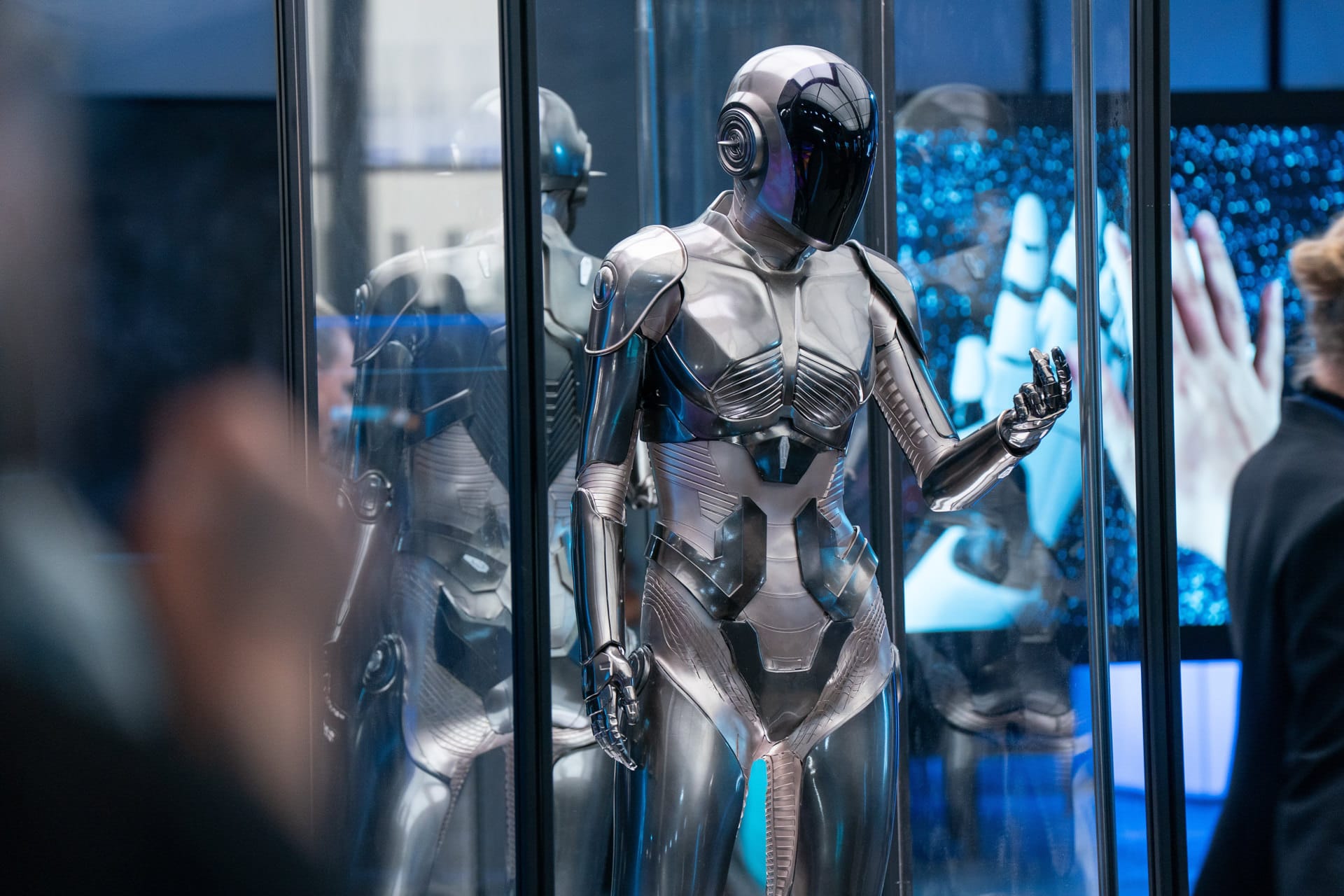
Internal Links for Further Learning
- Explore how AI is shaping modern production with our guide to Filmmaking AI Workflows.
- Learn to create stunning visual concepts with our in-depth Midjourney Mastery Guide.
- Supercharge your creative process with a tool designed for artists: AI Render Pro.
Conclusion
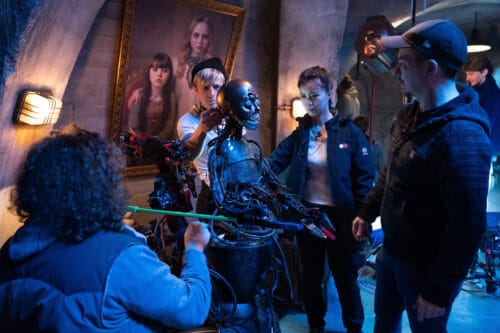
The creation of M3GAN was not a happy accident; it was the result of a deliberate and masterful execution of a hybrid effects philosophy. It proves that the future of filmmaking isn’t a battle between practical purists and digital evangelists. Instead, the true art lies in knowing which tool to use and when, and more importantly, how to make them work in perfect harmony. The ultimate goal is to serve the story and create a believable, immersive experience for the audience. By embracing this integrated approach, filmmakers at every level can unlock a new echelon of realism and creative potential. The core skill for the next generation of storytellers will be the artful technique of blending practical and digital effects, turning impossible ideas into unforgettable on-screen realities.
Ready to start conceptualizing your own unforgettable characters? Dive into AI Render Pro and see how generative AI can become the first step in your own hybrid production pipeline.
FAQ
What is a hybrid effects workflow?
A hybrid effects workflow is a filmmaking approach that combines practical, in-camera effects (like animatronics, puppets, and physical sets) with digital effects (like CGI, compositing, and face replacement) to create a seamless final image. The goal is to leverage the strengths of both disciplines for maximum realism and impact.
Why not just use CGI for everything?
While CGI is incredibly powerful, it can sometimes lack a sense of weight and physical presence. An all-CGI character can feel disconnected from its environment. Using practical elements on set provides a real-world anchor for lighting, texture, and actor interaction, which leads to a more grounded and believable result.
How can indie filmmakers use these hybrid techniques?
Indie filmmakers can scale this approach to their budget. Instead of a complex animatronic, they might use a detailed physical prop that is later enhanced with digital elements like a glow or subtle movement. Even simple techniques like digitally removing wires from a puppet or compositing a CG element onto a practical set piece embraces the core philosophy of blending effects.
Disclaimer: This article is an independent editorial and is not affiliated with, endorsed, or sponsored by Universal Pictures, Blumhouse Productions, Atomic Monster, or any other rights holders of M3GAN 2.0. All trademarks, images, and video clips remain the property of their respective owners. For press inquiries, contact press@designhero.tv
Discover more from Olivier Hero Dressen Blog: Filmmaking & Creative Tech
Subscribe to get the latest posts sent to your email.

